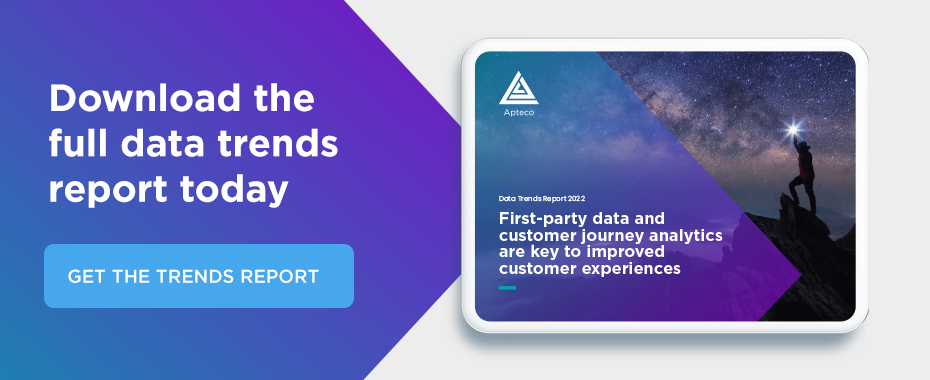What is customer segmentation?
30 Mar 2021 | by Francesca Hose-Berté
An overview explaining why we segment customers and how to get the best results.
All marketers will come across the term customer segments or customer segmentation during their career. This is because this approach to grouping, streamlining and targeting your customers is a sound and sensible way of contacting your customers with, hopefully, relevant content.
Customer segmentation can be a way to better understand your customers – rather than seeing them as one homogenous group.
You can choose to target your customers in many ways, one of which is to target based on segments. But first let’s address why we target at all.
Why do we target?
As marketers, our ability to target and personalise has grown in line with our increased knowledge around our customers and prospects. This is due to a greater ability to collect and analyse data.
This enables us to build up a picture of:
- Customer and prospect behaviour
- Likes and dislikes
- Preferences for interaction, such as time of day and platform
By listening to our customers and developing conversations with them that incorporate their known needs and wants, marketers can put this knowledge to good use. Data is an integral part of the decision-making process, and helps to foster stronger relationships that accelerate loyalty and growth.
This can also lead to the use of event triggers in marketing campaigns. We can also let the actions or inaction of a campaign recipient dictate how we interact with them and the journey they take with us.
Using the information we have about individuals – such as their behaviour and history with us – to create targeted campaigns has become an expectation; not only from marketing teams but from customers themselves. They no longer tolerate irrelevant offers and expect us to deliver appropriate content if they share their data with us.
A report from Data IQ details how consumers are happy to share personal information if there is a perceived value exchange. As Rachel Barton, managing director at Accenture Strategy, explains: “If you ask for more information about me, then I expect you to know more about me and I expect you to deliver a much more relevant personalised service to me.” Which highlights the need for businesses to be smart in how they use customer information in order for the consumer to stay engaged and recognise the value of any data exchange.
Focus on customer segmentation
Customer segments are one of the many ways marketers can target and talk to our customers.
Customer segments are often grouped based on characteristics or behavioural characteristics. This enables the marketer to find similarities amongst groups of customers or prospects with a view to target them based on these characteristics, or to at least factor them in when deciding how and what to communicate to them.
Segments can also be based on a customer’s transactional history with you. For example, you could band or segment customers based on their level and regularity of spending. This enables you to place customers into groups such as high value, low frequency or low value, high frequency.
This kind of segmentation allows you to make informed decisions around when to contact them and with what kind of offers. There are numerous ways you can segment your customers. You have to decide which are the most relevant and appropriate for your business. To learn more about customer segments and the journeys customers take with your business, check out our blog.
Points to remember
Remember, segments aren’t static – they are dynamic. They need to be periodically reviewed and updated. Each customer’s relationship with your business changes as their social, home, economic and other factors evolve. Your business needs to respond to this to ensure that your segments don’t become outdated and no longer deliver relevant and appropriate content to your customers or prospects.
Creating customer segments needs to begin with research – market and data research.
- What does your marketplace look like?
- Who are your customers and prospects?
- Who do you want them to be?
- And ultimately who should you be targeting?
Sometimes these are very different segments – It is a matter of understanding the wider marketplace as well as the patterns of behaviour of your current database.
Remember to not get stuck in stereotypes and generic segments – understand your customers by looking at the data and research and utilise all of the tools at your disposal. For example, identifying key event triggers and then personalising your responses are powerful and expected steps in the journey with your customers and prospects. Customers want a tailored and personalised experience, and this needs to be balanced when targeting based on segments.
Conclusion: A continuous exercise
There are many approaches you can take to better understand your prospects and customers. You can discover some of the techniques in our blog on predictive analytics.
Customer segmentation is one way to break down, organise and understand your wider customer base. It is also part of the wider job of personalising and building conversations.
Adapting means that we need to continually update and refresh our segments. These are evolving groups and people will move in and out of them for many reasons. As marketers we need to learn from these conversations and adapt our approaches and thinking accordingly.


